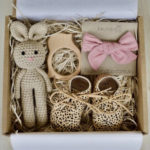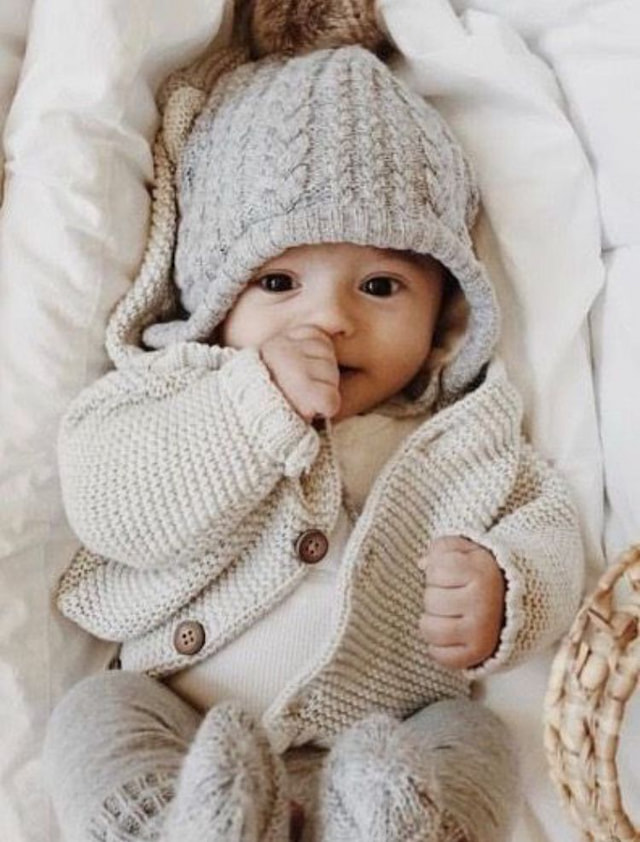
Not all parents love looking for clothes that they know will be outgrown very soon, and that their young child may also destroy very fast. However, most of them love creating cute outfits for their babies. We easily transfer our dressing style to the way we dress our little ones, which is why most parents don’t need fashion advice when it comes to their children. However, there are some things that may leave parents perplexed when it comes to dressing up their kids. And one of the things that most new parents can get confused about is how they should dress their infant or toddler when it is cold outside because not everything is as straightforward as getting snow boots for when it’s snowy.
One of the most basic rules of thumb when it comes to determining whether it’s too cold or too warm for your child is to observe how your own body feels. If you are wearing a sweatshirt and you are fine, your child most likely doesn’t need a winter jacket, and similar. It is recommended that you put your child in one more layer of clothing than you would wear in those weather conditions.
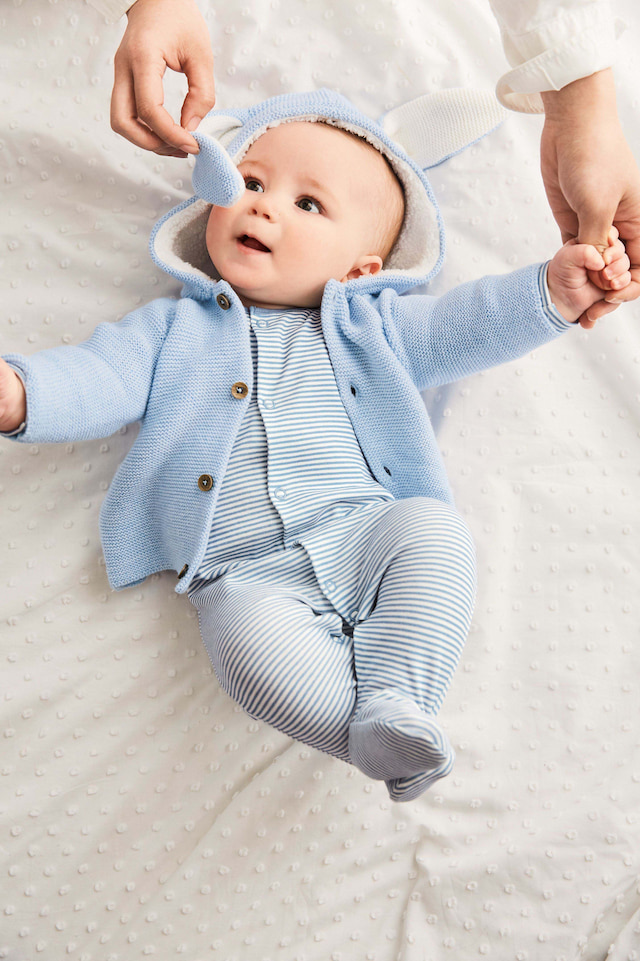
The Importance of Layering
Layering is crucial when it comes to dressing for cold weather. This is true both for adults and for kids. Of course, layers of clothing aren’t always the same. They depend not only on the temperature but also on where you are going, as well as what you are doing. For instance, you wouldn’t put the same layers if you are going for a coffee, going for a light walk, as you would if you were going hiking.
Similar rules, more or less, apply to young children. Between the layers of clothing, there are pockets of air, which help trap heat. But, more importantly, layering will allow your child to remove an item when they are too hot. There are three basic layers you need to think about – a base layer, a middle layer, and an upper layer. The middle layer goes over the base layer – or the one that touches your child’s skin, – and under the outer layer. This layer is basically the layer that insulates.
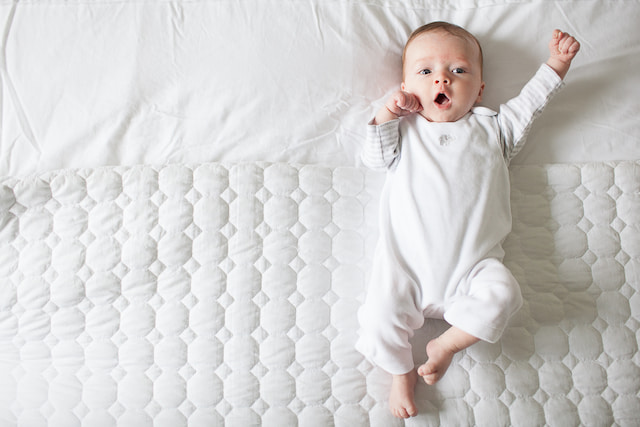
The Middle Layer
Cardigans are one great example of clothing perfect for the middle layer. It’s important that the middle layer is made of a warm material, such as wool or fleece, and that it fits your child right. It’s also a good idea for this item to be easily removable so that you can easily help your child feel better if you need to. So, for instance, you can get a cute little boys cardigan if you are out at the playing ground with your son, to make sure that you can easily remove it so that they feel more comfortable.
Alternatively, your little boys cardigan can act as an outer layer, because it can be a great alternative for a jacket during those awkward periods of the year when you don’t know if you are hot or cold. if you have to remove your child’s jacket, you can leave her or his cardigan on them, or if they weren’t wearing one underneath, you can put them in it. This will keep them warm but not too much.
Of course, sweaters, jumpers, blouses, shirts, and so on, can all be great garments for the middle layer, aside from cardigans, although the main advantage of the cardigan is that it’s more easily removable. They are less bulky and weigh less than jackets, which is what makes them a great option if you want to carry one extra piece of clothing when you are outdoors with your child – independently of what else they are wearing.
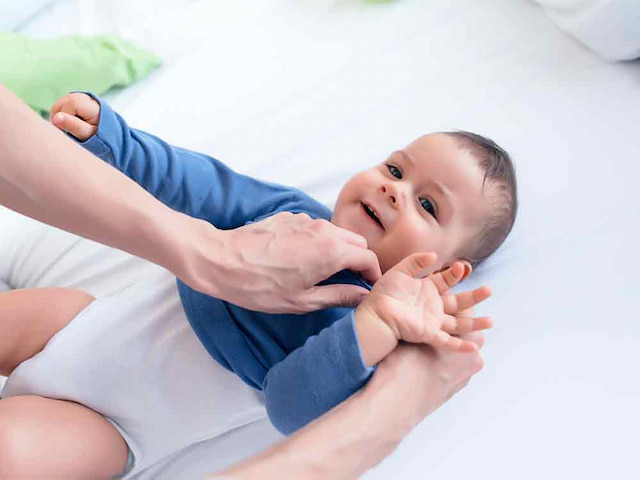
The Basic and Outer Layers
Regardless of whether you are indoors or outdoors, your goal is to dress your baby in a way that she or he won’t be too hot or too cold. As parents, we need to make sure that our child is comfortable above all. That means that you need to make sure that with all the layering they are able to move easily, that nothing is too tight or too loose, and of course, that the materials of the kids’ clothes are good quality, as well as soft and gentle enough on their skin. And of course, most importantly, you need to make sure that they are safe.
The base layer serves another very important purpose – wicking moisture. This means that they are supposed to keep your child’s skin dry and warm. The garments that you’ll use for this first layer will touch the child’s skin, which means that the materials need to protect them from skin irritation. These clothes should fit snugly, and the best materials for them are synthetic fabrics or wool.
The outer layer, of course, is the jackets, which should be made of waterproof, windproof, and breathable materials. This way it will protect your child from being cold and it will keep them dry. Make sure that the jacket you get for your child fits them right, but also that it leaves a place for layering, and allows easy movement.
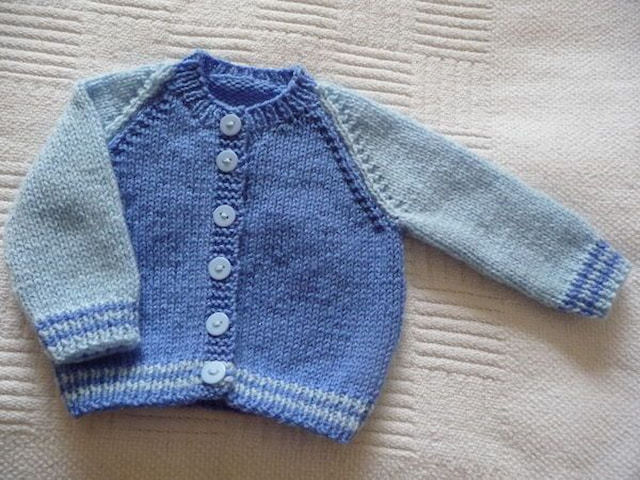
The Right Materials
Even though for most parents the first instinct is to go for cotton, this material isn’t the best material for winter clothing. This is mainly because it absorbs sweat, which means it will keep the child cold. For winter, the best materials are wool and polyester, or other synthetic fabrics.





